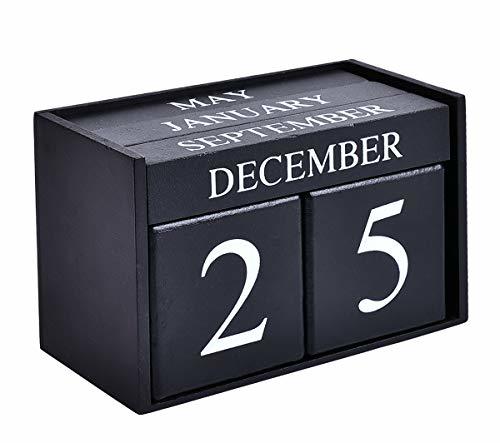

We planed it, sanded it & painted just the one side, leaving the sides & back to tell a bit of the story of the once-living-maple. ZKM is monitoring the development of alternative blockchains and is currently pausing its purchase of NFTs on the Ethereum blockchain.The very first artblock was created on a slab of maple that found its way to us in the form of a long plank - once a floorboard in an old barn somewhere in the Northeast. It is estimated that the energy consumption of blockchains that rely on methods such as proof of stake or proof of authority instead of proof of work, for example, could be reduced by 99 percent. ĭevelopers around the world are now working to develop consensus mechanisms based on other technical processes that would be far less harmful to the climate. This makes it comparable to the electricity consumption of Denmark or the entire artificial lighting in Germany.

Depending on the study and methodology, the annual consumption of, for example, Bitcoin is said to be between 30 and 75 terawatt hours. This special attestation mechanism requires enormous parallel computing power for extending the blockchain with new blocks. The high power consumption of many blockchains, including Ethereum, on which most NFTs are located, arises primarily from a special component of the technology called a »proof of work« (PoW). In December 2020, artist Memo Atken drew attention to the high energy costs of blockchain technology with his article “ The Unreasonable Ecological Cost of CryptoArt”. In February 2016, the mobile game »Spells of Genesis« (SoG) was released, whose playing cards were inscribed via BitCrystals tokens on Counterparty–protocol running on top of the Bitcoin blockchain. In September of the same year, the platform »Rare Pepe Wallet« was created, on which variants of the internet meme »Pepe the Frog« have since been traded in the cryptocurrencies Counterparty or PepeCash. However, it was not only in the art context that NFTs were experimented with. In the same year, the digital art register » ascribe« emerged in Berlin, then in 2015, the artist Harm van den Dorpel founded the » left gallery«, which has since offered digital works certified in the blockchain. Together with Anil Dash, he founded »Monegraph«, the first platform that used blockchain technology to authenticate digital objects. In May 2014, at the Rhizome conference »Seven on Seven at the New Museum, New York, artist Kevin McCoy sold a GIF on stage and published the transfer of ownership on the Namecoin blockchain. Because every piece of information in the blockchain is authenticated decentrally by thousands of computers, all transactions are transparent and unchangeable. So-called »smart contracts« embedded in the blockchain can, for example, ensure that artists automatically receive a certain percentage of the sales price on their cryptocurrency account every time one of their works is resold. Beyond that, however, technology also opens up new possibilities. The logic of scarcity and the rules of the traditional art market are transferred to the digital world. Digital works that can be copied infinitely at any time can now be transformed into unique pieces or limited series. The ZKM already acquired a number of NFTs in December 2017 and is now showing a selection of works from its own NFT collection as well as from private lenders on the cube screen.īlockchain technology – originally developed to create a digital equivalent to cash using cryptographic processes – is changing the economics of digital art. But only since this year, after a number of digitally certified images were sold for several million dollars, has a broader public taken notice of this development.

Since 2014, it has been possible to certify digital images with the help of blockchain technology and in this way produce unique items, so-called NFTs (Non-Fungible Tokens).


 0 kommentar(er)
0 kommentar(er)
